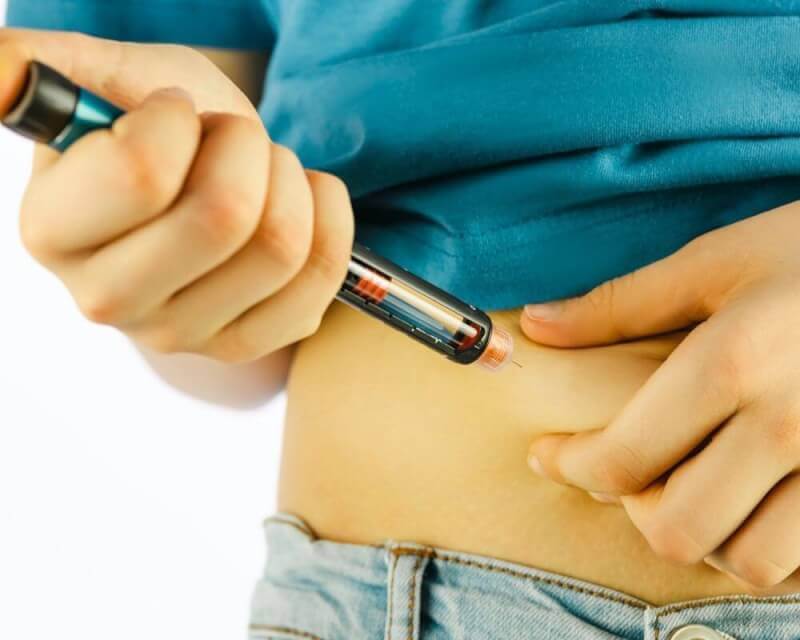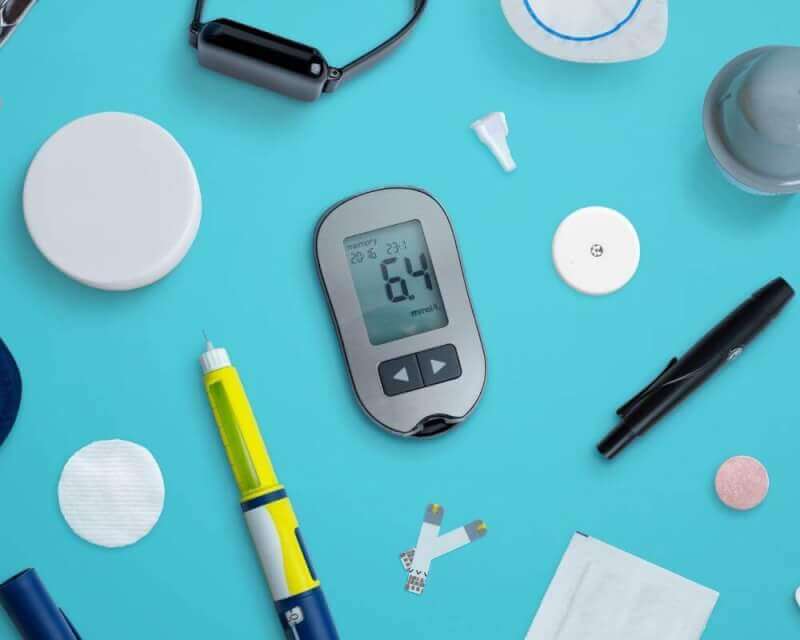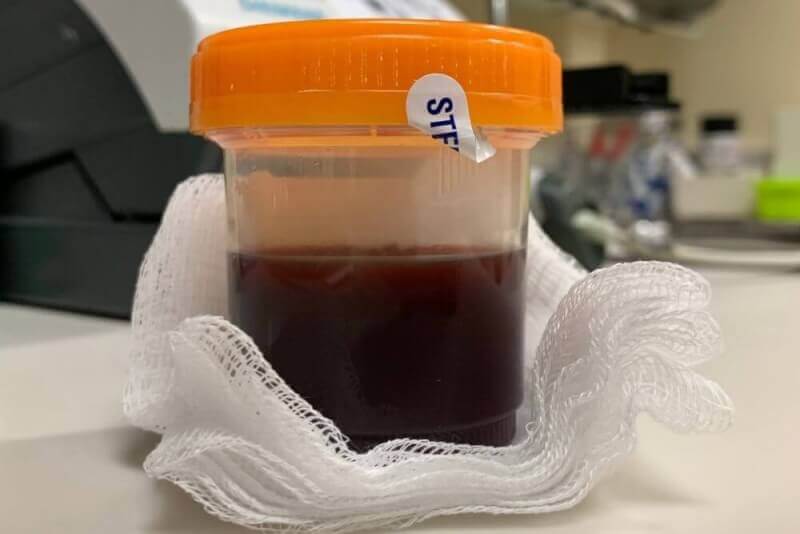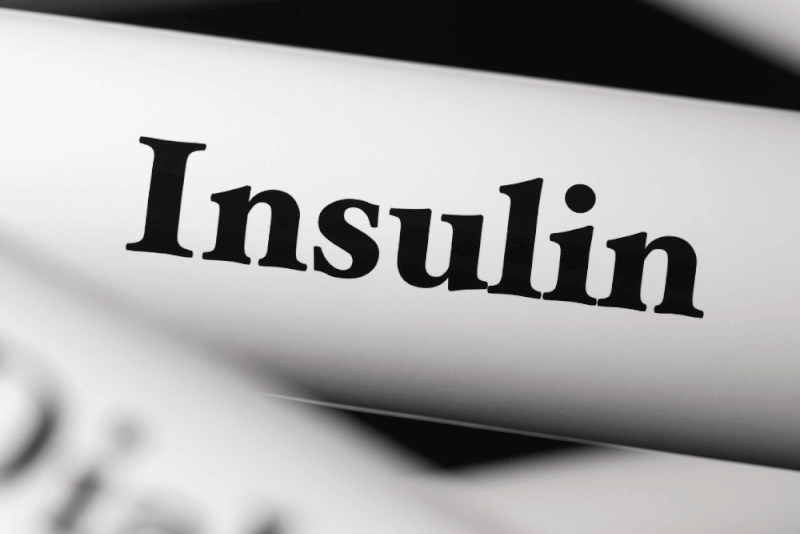30 Second Summary
- Hidden diabetes is a condition with the same symptoms as diabetes but with lower blood sugar levels than diabetes.
- It is caused by insulin resistance.
- Symptoms include extreme weakness, frequent urination, thirst, dry mouth and delayed healing of wounds./li>
- Risk factors include obesity, inactivity, family history of diabetes, hypertension and diabetes during pregnancy.
What is Hidden Sugar?
Diabetes is one of the most prevalent diseases in almost all societies of the world today and is directly related to the activities and foods consumed in life. Sometimes patients may also develop diabetes due to a genetic predisposition or a passive lifestyle. However, in some patients, hidden diabetes may be seen as a period that reveals similar complaints and disrupts the balance of the body, although diabetes does not appear exactly.
Hidden diabetes is not a condition that occurs with a sudden symptom in the same way as diabetes. Especially genetically, that is, 1 in the family. People with diabetes mellitus or people who gain too much weight, have chronic diseases or have bad eating habits are likely to encounter this condition. Depending on this possibility, the person may have a disorder in the functioning of the hormone insulin, which is important for blood sugar balance.
Diabetes, or diabetes, occurs when the hormone insulin, which regulates the amount of sugar in the blood, becomes dysregulated. Tissues can be damaged as blood sugar levels rise to undesirable levels, and this is caused by a malfunctioning mechanism in the production and secretion of the hormone insulin. At this point, if there is a deterioration due to autoimmune reactions, type 1 diabetes is seen. If there is a problem with genetic predisposition or nutritional disorders, type 2 diabetes can be encountered.
When we look at the characteristics of diabetes, the sugar level in a healthy person is maintained by the hormone insulin. However, as mentioned in the details for hidden diabetes, if blood sugar rises above normal values, a condition called insulin resistance occurs.
When insulin resistance starts to appear in the human body, the body produces more of the hormone insulin. When a person continues to engage in negative habits and behaviors such as irregular diet and sedentary lifestyle, insulin production capacity becomes insufficient and the body produces less insulin. In this case, increased blood sugar leads to a disease known as hidden diabetes, also known as prediabetes.
What are the Symptoms of Hidden Sugar?
Although the symptoms of hidden diabetes are similar to diabetes, there are common symptoms. Often these details are in between;
- Experiencing extreme fatigue
- The need to consume more food
- Frequent feelings of hunger
- Dryness in the mouth
- Tingling in the hands and feet
- Longer healing of wounds on the body
- Experiencing sexual problems
- Encounters with blurred vision are included.
Darkening of the skin in some parts of the body, called acanthosis nigricans, can be seen in hidden diabetes. Although this problem is a very common problem in cases of insulin resistance and prediabetes, this darkening may occur in areas that are frequently folded, such as the neck and armpits. In addition, tiny moles, also called skin tags, can be seen in the same areas.
What are the Risk Factors for Hidden Sugar?
Although many different factors such as age, gender, ethnic culture, social culture or work life may partially change in people, hidden diabetes, a condition that can be seen in every person, may actually occur at a higher rate with certain risk factors. It is possible to encounter hidden diabetes, especially in people who start to gain excess weight and in people whose lives become more sedentary.
Prediabetes is actually among the risk factors;
- Improper and poor nutrition,
- Diabetes during pregnancy,
- The presence of hypertension,
- There are also points such as the presence of genetic factors in the family.
With all these details mentioned, it is important for people at risk to focus on regular sugar monitoring.
How is Hidden Sugar Diagnosed?
Blood tests are used to examine prediabetes in people with suspected disease and in people with symptoms. In this context, fasting blood glucose is first measured and it is examined whether the values are between 100-125 mg/dl. If the person has a blood glucose measurement at these values, a sugar loading test is performed.
The test used for hidden diabetes is called the Oral Glucose Tolerance Test (OGTT). In order to perform this test, the patient must fast for a minimum of 8 hours and the night before. Then, together with the blood sample taken in the morning, a sugar solution with a glucose content of 75 grams is drunk for the second sample. Blood glucose level is measured again 2 hours after solution consumption. These measurements should be monitored at least once a year in people with prediabetes.
Considering the measurements made in diabetics in terms of a different examination, in order for a person to be called diabetic, fasting blood sugar should be 125 mg/dl and postprandial blood sugar should be above 200 mg/dl. In addition, the HbA1C value, which shows the 3-month average blood sugar ratio, should be above 6.5 mg/dl. In this respect, if a result in the range of 5.3-6.4 mg/dl is encountered in HbA1C value measurements, prediabetes can be diagnosed for the patient. In such cases, high diabetes can be prevented by taking precautions for the patient.
How is Hidden Sugar Treated?
Patients admitted to the hospital with symptoms of hidden sugar are diagnosed and treatment methods are similar to those for diabetes mellitus. The most important point in patients with prediabetes is to prevent hidden diabetes from turning into diabetes. In this respect, preventive actions are taken.
While treating prediabetes in the person, the insulin hormone is firstly restored to normal levels. In this respect, of course, the factors that cause insulin resistance must be eliminated. Within the scope of this treatment method, the person is first offered regular exercise. However, of course, a return to ideal weight should be achieved until the body mass index is in the range of 18-25 kg/m2.
Since the most important point about diabetes is nutrition, a healthy and balanced nutrition system should be established in hidden diabetes and the habit of avoiding excess carbohydrate consumption should be ensured. In this regard, a special nutrition program can be prepared for the patient by providing dietitian control, and smoking and alcohol consumption should be abandoned.
In patients diagnosed with hidden diabetes, if all the measures mentioned above have been taken, but improvement is still not achieved, medication can be administered to the patient with physician control. In this regard, while diabetic medications are given orally in a way that can be used daily, when the treatment process is paid attention, a solution can be obtained before the hidden sugar problem turns into diabetes.
Hidden Sugar during Pregnancy
Pregnancy in women is a time when the nutritional system, weight gain and movement cycle begin to change. While hormone fluctuations are encountered in the body during this process, insulin resistance is generally highly likely. In fact, diabetes, which occurs due to hormonal factors, does not appear before pregnancy, but occurs with pregnancy and this condition is also called gestational diabetes.
Gestational diabetes, also known as gestational diabetes, can also be seen as hidden diabetes during pregnancy. In this case, the disease should be properly monitored in women who are pregnant and careful treatment should be applied with an emphasis on diabetes. Because if hidden diabetes is not combated during pregnancy, it is possible to face more serious health problems in the future.
In order to detect hidden sugar during pregnancy, a blood sugar test is applied to the patient with the consumption of 50 grams of water with glucose content. It is determined by measuring the blood sugar value 1 hour after the solution is consumed. If hidden sugar is detected, a nutrition program should be organized for the expectant mother and medication should be administered when necessary.









